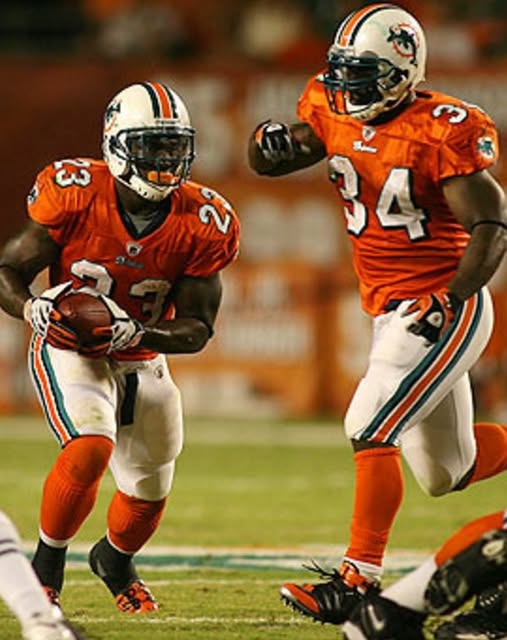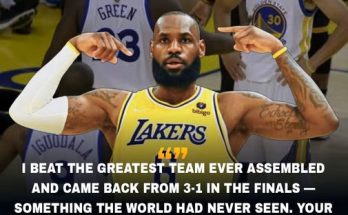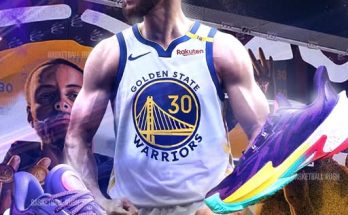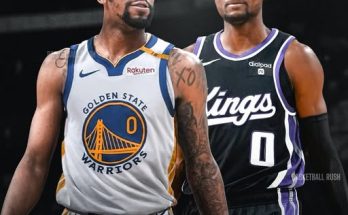In the annals of NFL history, few innovations have left as sudden and profound an impact as the Wildcat offense did during the 2008 season. Spearheaded by the Miami Dolphins and executed to near perfection by running backs Ronnie Brown and Ricky Williams, the Wildcat offense became a revolutionary strategy that caught defenses off guard and breathed new life into a struggling franchise. At its heart, the Wildcat was more than just a gimmick—it was a strategic evolution that forced defensive coordinators to rethink their approach, leaving an indelible mark on the league.
To understand the Wildcat’s origin, one must first appreciate the dire situation the Dolphins found themselves in during the preceding 2007 season. Miami had endured one of the most humiliating campaigns in NFL history, finishing with a 1-15 record, their lone victory coming in overtime against the Baltimore Ravens. In a desperate bid to shake off the stench of failure, the organization cleaned house, bringing in Bill Parcells as executive vice president of football operations and appointing Tony Sparano as head coach. One of their first moves was to acquire offensive coordinator Dan Henning, whose creativity would prove instrumental in what was to come.
The Wildcat formation itself was not an entirely new concept. Variations of direct-snap offenses had been used in college and high school football for decades. In fact, the origins of the formation could be traced to the single-wing formations employed in the early 20th century. More recently, the University of Arkansas had popularized a version of it known as the “WildHog” under head coach Houston Nutt and offensive coordinator Gus Malzahn, utilizing running backs Darren McFadden and Felix Jones to devastating effect. Sparano and his staff saw the potential to translate that success to the professional level, especially given Miami’s personnel.
Ronnie Brown was a bruising, agile runner with a keen football IQ, while Ricky Williams, despite a tumultuous career marked by suspensions and retirements, remained an explosive and versatile threat. With the quarterback situation uncertain due to Chad Pennington’s limitations as a deep passer and the team’s desire to keep opposing defenses guessing, the decision was made to implement the Wildcat formation.
The principle behind the Wildcat was simple yet effective: snap the ball directly to a running back, typically Brown, with the quarterback split wide as a decoy. This allowed for a numbers advantage at the point of attack and created confusion as defenses scrambled to adjust to an unconventional setup. From that direct snap, Brown had the option to run, hand off to Williams, or even attempt a pass. The formation often featured pre-snap motion to further disguise the play’s intent.
The Dolphins first unleashed the Wildcat in earnest during a Week 3 matchup against the New England Patriots, a team riding an NFL-record 21-game regular-season winning streak. What unfolded stunned the football world. Brown accounted for five touchdowns—four rushing and one passing—as the Dolphins routed the Patriots 38-13. The Patriots’ vaunted defense, masterminded by Bill Belichick, appeared utterly bewildered by Miami’s unorthodox approach. The victory not only broke the Patriots’ streak but also signaled that the Dolphins were no longer the league’s laughingstock.
Following that game, the Wildcat became a staple of the Dolphins’ offense. Opponents knew it was coming, yet few could effectively stop it. The formation’s inherent unpredictability forced defenses to remain disciplined while also guessing how Brown and Williams would deploy their varied arsenal of plays. Brown’s versatility as both a rusher and passer added another layer of complexity, while Williams’ speed and vision complemented the bruising power that Brown brought to the table.
As the season progressed, Miami’s offense leaned on the Wildcat more frequently. Although traditional plays and formations remained part of the game plan, the team’s willingness to repeatedly attack from the Wildcat kept opposing coaches up at night. The Dolphins finished the season with an 11-5 record, completing a remarkable turnaround from the previous year. They also clinched the AFC East title, dethroning the Patriots, who were still a powerhouse despite losing Tom Brady to injury.
While the Wildcat was instrumental in Miami’s resurgence, its impact on the NFL was even more profound. It exposed how even the most disciplined defenses could be caught flat-footed by innovative play-calling. Defensive coordinators were forced to adjust their schemes, often employing extra safeties or linebackers to contain the direct-snap threat. The success of the Wildcat also inspired other teams to experiment with similar concepts. The Baltimore Ravens, for instance, briefly employed it with quarterback Troy Smith, while the Philadelphia Eagles used it sporadically with Michael Vick. It wasn’t long before elements of the Wildcat started appearing in high school and college programs nationwide, cementing its influence beyond the professional level.
However, as revolutionary as it seemed, the Wildcat was never destined to be a long-term fixture in the NFL. The league’s defensive minds, always quick to adapt, gradually deciphered ways to neutralize it. As more film became available, opponents began to recognize tendencies and adjusted by maintaining gap discipline and forcing the ball carrier to the outside, where help awaited. Without the element of surprise and with the inherent limitations of running backs throwing the football, the formation became less effective.
The Dolphins themselves began to move away from the Wildcat as Pennington’s efficiency as a passer improved and teams increasingly dared Miami to beat them through the air. The novelty had worn off, and the Wildcat’s flaws became glaringly apparent. Eventually, the offense faded into the background, more a relic of a brief, electrifying moment than a lasting trend.
Yet, the legacy of the Wildcat lives on. It served as a precursor to the modern wave of dual-threat quarterbacks and zone-read offenses that now dominate the league. The idea of unpredictability at the snap—putting the ball into the hands of a versatile athlete rather than a traditional quarterback—laid the groundwork for offenses built around players like Lamar Jackson, Jalen Hurts, and Kyler Murray. The concept of blending power running with the threat of passing and improvisation would later evolve into read-option and RPO (run-pass option) schemes, hallmarks of today’s dynamic offenses.
For the Dolphins and their fans, the 2008 season remains a cherished memory—a season of reinvention and resurgence sparked by one of the most unexpected tactical innovations in NFL history. Ronnie Brown and Ricky Williams became folk heroes, and the Wildcat, though fleeting in its effectiveness, secured its place as a pivotal moment in football evolution.
In hindsight, the Wildcat was never really about longevity. It was about creativity and exploiting the strengths of the personnel at hand. It was about proving that even in a league as rigidly structured as the NFL, innovation could still thrive. The Dolphins may have moved on, but that one season remains a shining example of how unconventional thinking can disrupt the status quo and lead to unexpected triumphs.



